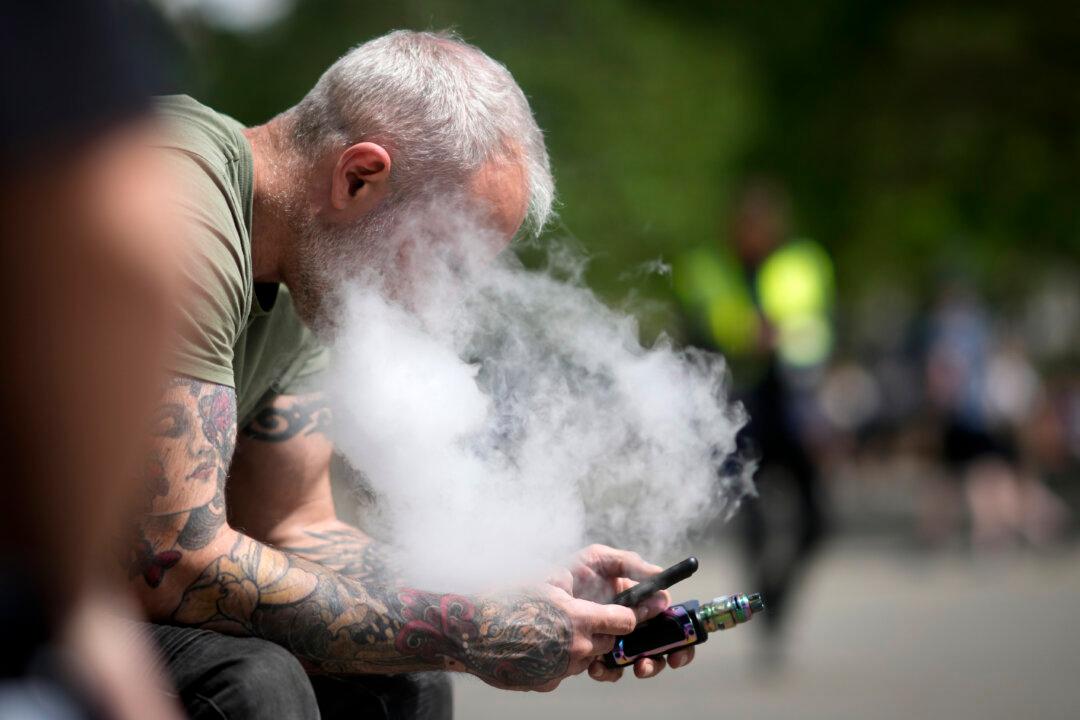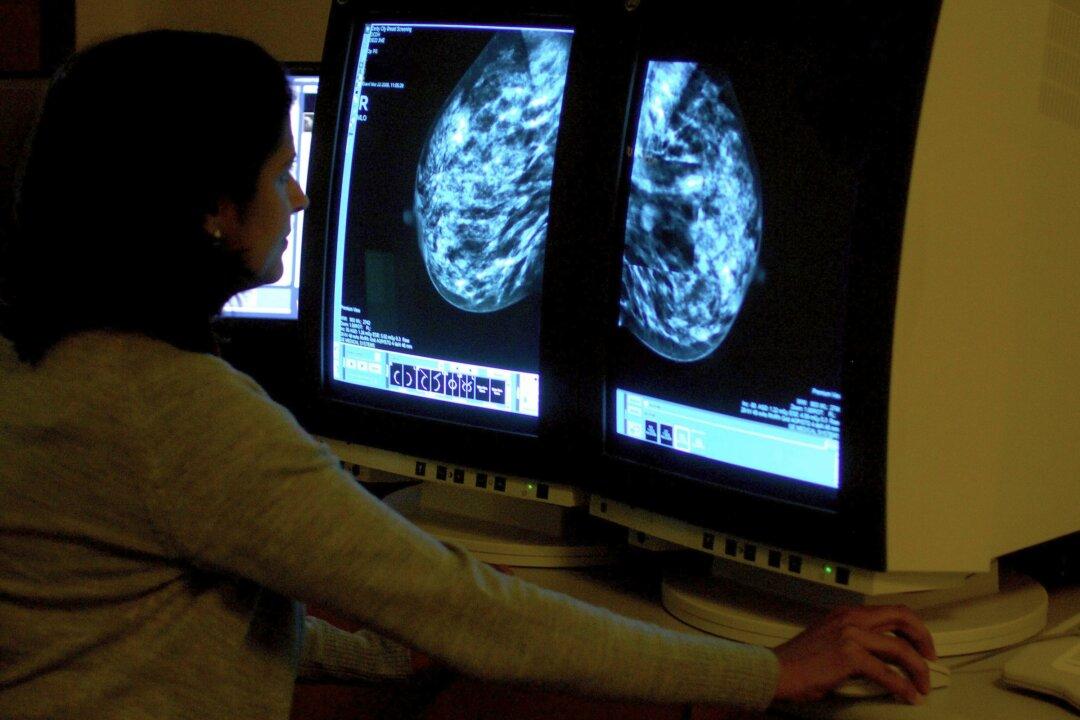Terrorist Usman Khan was lawfully killed on London Bridge by armed police after stabbing two Cambridge university graduates while wearing a fake suicide belt, an inquest jury has concluded.
The 28-year-old homegrown jihadi was finally gunned down by an effective firing squad of armed officers outside Fishmongers’ Hall, after Khan strapped kitchen knives to his hands and attacked delegates at a prisoner education event in November 2019.
He murdered 23-year-old Saskia Jones and 25-year-old Jack Merritt who had volunteered for the Learning Together education programme before being chased from the hall and on to the bridge.
Before armed officers arrived, other attendees at the event tried to incapacitate Khan—striking him with a chair, a fire extinguisher, and even a narwhal tusk grabbed from the walls of Fishmongers’ Hall.

The inquest heard six police officers from the Met and City of London fired 20 times at Khan, including 18 in a 90-second period after being sanctioned to carry out a so-called “critical shot” amid fears he was about to detonate his explosive device resulting in mass casualties.
Twelve of the 20 bullets hit Khan, and a forensic pathologist gave the cause of death as haemorrhage due to multiple gunshot wounds to the chest and abdomen.
Jurors concluded on Thursday that Khan had been lawfully killed by anonymous police officers following a two-week inquest at the City of London’s Guildhall, half a mile from where he died.
They were directed to return a short form conclusion of lawful killing by coroner Mark Lucraft QC on the grounds that each of the officers who shot Khan believed it was necessary to do so to protect themselves and others.
In a longer, narrative conclusion, the jury said that when they shot Khan dead, the officers “believed he was trying to find a trigger” on a suicide vest, and that when they opened fire, they feared Khan was moving “to detonate the device.”




